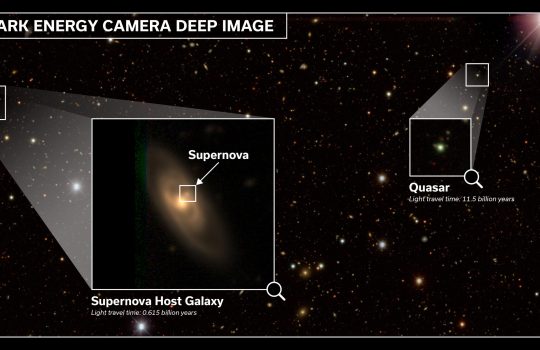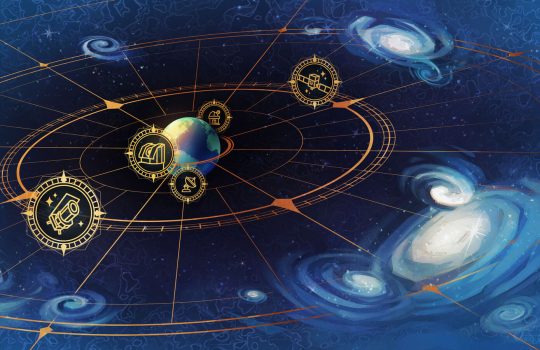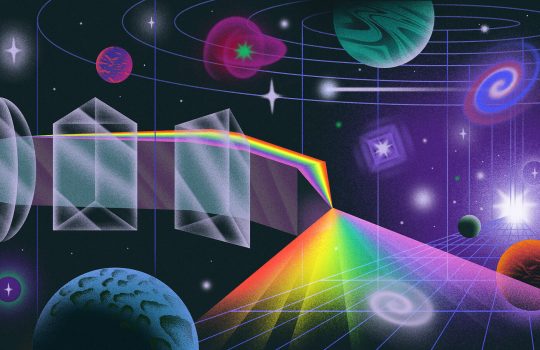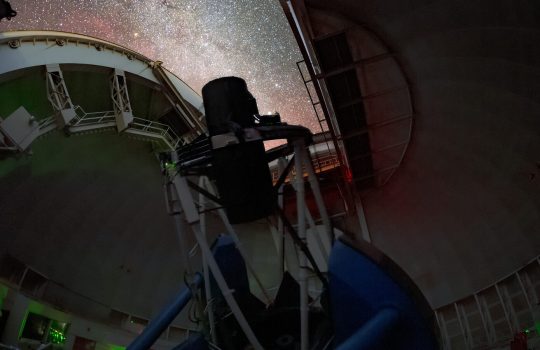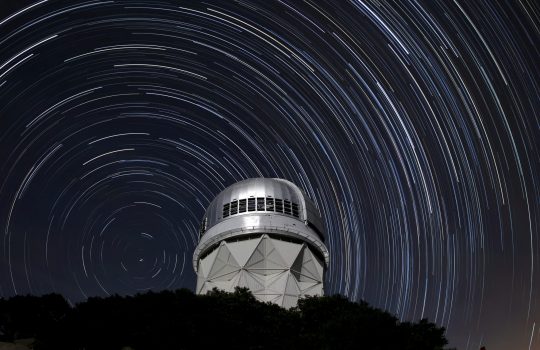Astronomers use AI to shed light on dark energy
From Big Think, Jan. 8, 2024
The new Dark Energy Survey year five results used machine learning to obtain a new measurement that offers insights into the density of the mysterious force driving the Universe’s expansion. The results were presented recently at the 243rd meeting of the American Astronomical Society meeting. What does this all mean? Don Lincoln explains.

